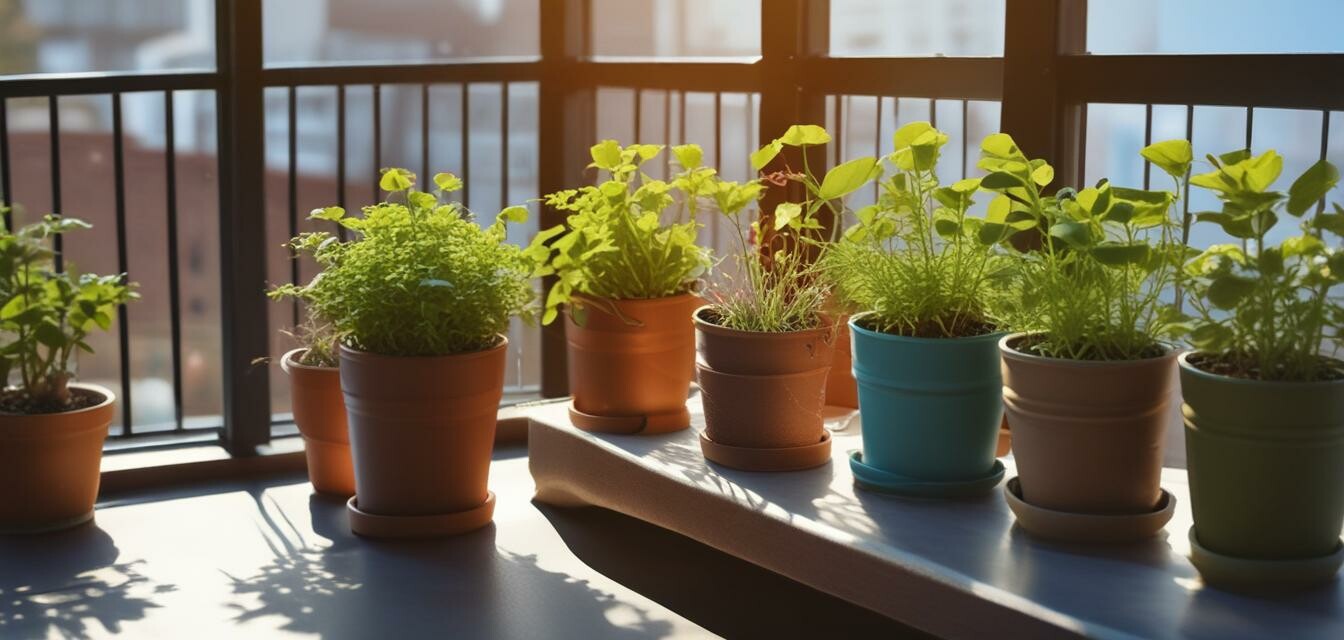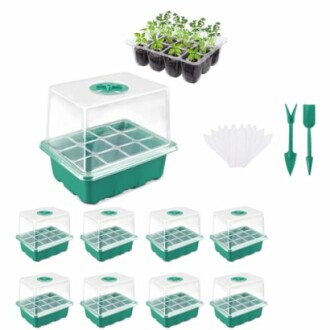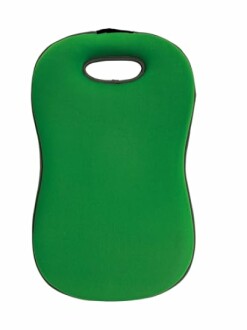
The Ultimate Guide to Seed Starting for Containers
Key Takeaways
- Utilize high-quality seed trays for better germination.
- Understand the optimal conditions for different plant types.
- Maintain proper humidity and drainage for healthy seedlings.
- Use suitable gardening tools to enhance your balcony gardening experience.
Starting seeds in containers is a rewarding way to bring life to your urban balcony. This guide provides detailed advice on how to successfully start seeds in containers, ensuring that you achieve optimal growth for your plants. Whether you're growing vegetables, herbs, or flowers, we'll cover everything you need to know.
Understanding Seed Starting in Containers
Container gardening offers a range of benefits, especially for those gardening in urban environments. It's a fantastic way to utilize limited space for delicious vegetables and beautiful flowers. Here are the key points to consider:
- Versatility: You can grow a variety of plants in small spaces.
- Mobility: Containers can be moved around to capture sunlight.
- Control: Better control over soil and moisture conditions.
Choosing the Right Containers
When selecting containers for seed starting, consider the following:
- Material: Plastic, clay, and fabric pots are popular options.
- Size: Choose appropriately sized containers based on plant types.
- Drainage: Ensure containers have adequate drainage holes.
Best Practices for Seed Starting
1. Prepare Your Seeds
Before starting, check the seed packets for specific germination instructions. Here's a general guide:
| Plant Type | Germination Temperature | Days to Germinate |
|---|---|---|
| Tomatoes | 70-80°F | 5-10 days |
| Basil | 70-75°F | 5-10 days |
| Peppers | 70-80°F | 10-21 days |
2. Selecting Seed Trays
Quality seed trays can make a significant difference in your seed starting success. Consider the:
Aliangting 8 Pack Seed Trays
These durable and reusable trays come with lids and a humidity dome, perfect for balcony gardeners. The adjustable design maintains optimal growth conditions.
Learn More3. Soil Selection
Use a quality seed-starting mix that provides good aeration and moisture retention.
4. Watering
Keep the soil consistently moist but not soggy. Use a spray bottle for delicate seedlings to avoid displacing them.
Maintaining Optimal Growth Conditions
The right conditions can lead to the successful germination of your seeds.
Humidity and Temperature
Humidity plays an important role in seed germination. Monitor and adjust as follows:
- Keep humidity levels around 50-100% until seeds germinate.
- After germination, reduce humidity to encourage healthy root growth.
Light Requirements
Ensure that your seedlings receive sufficient light, either from natural sunlight or grow lights, for at least 12-16 hours a day.
Using the Right Tools
Investing in good gardening tools enhances your planting experience. One useful tool is:
Spear & Jackson 5 Layer Cushioned Garden Kneeling Pad
This kneeling pad is designed for comfort during planting and maintenance, making your gardening tasks much easier.
Learn MoreCommon Challenges and Solutions
Here are some common challenges when starting seeds in containers, along with solutions:
Pros
- Easy to manage small spaces.
- Control over soil conditions.
- Less risk of pests and diseases compared to traditional gardening.
Cons
- Limited space for root growth in some containers.
- Need for frequent watering, which can be challenging.
- Temperature extremes can impact container plants.
Final Thoughts
Successfully starting seeds in containers is an achievable goal with the right practices and tools. For more insights on balcony gardening, consider checking out our other resources on Container Gardening or strategies on Plant Selection for Balconies.

